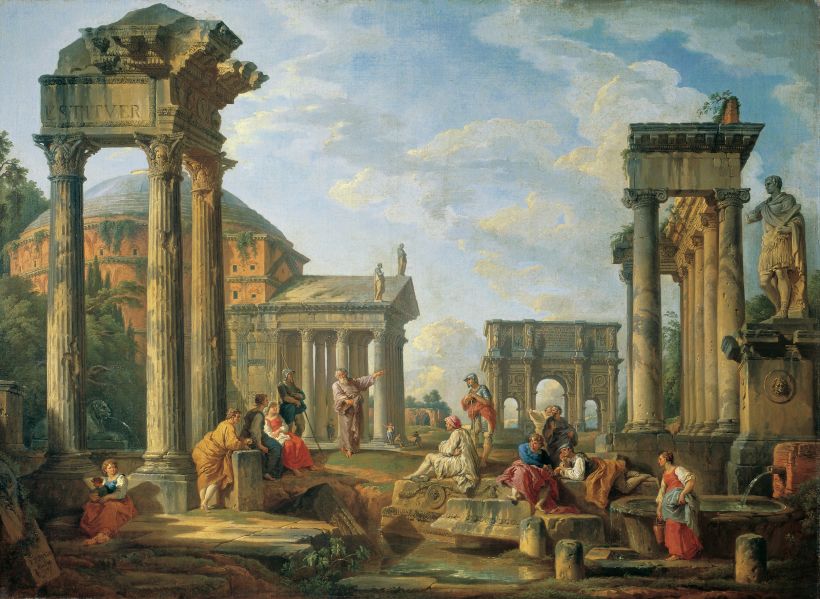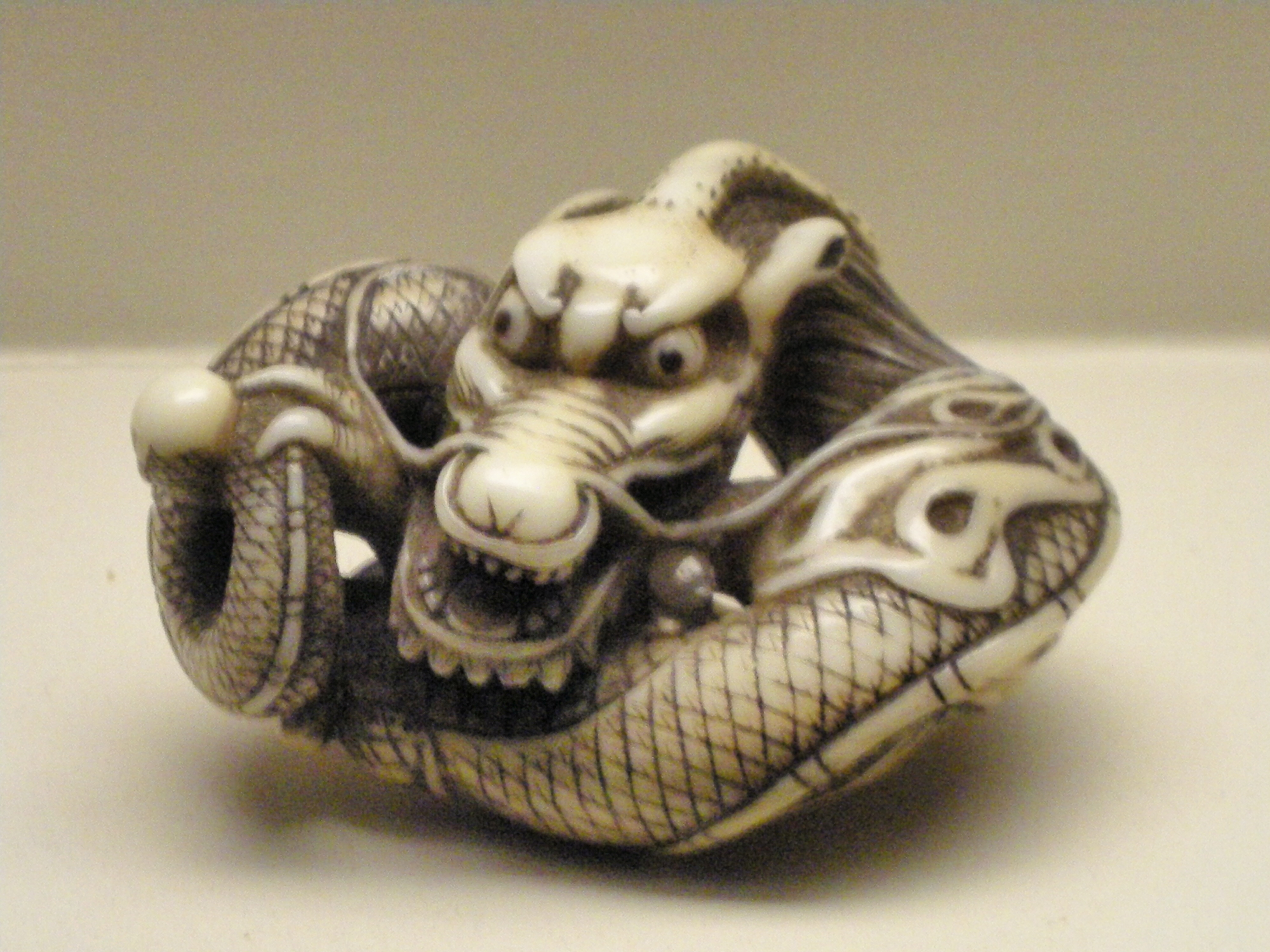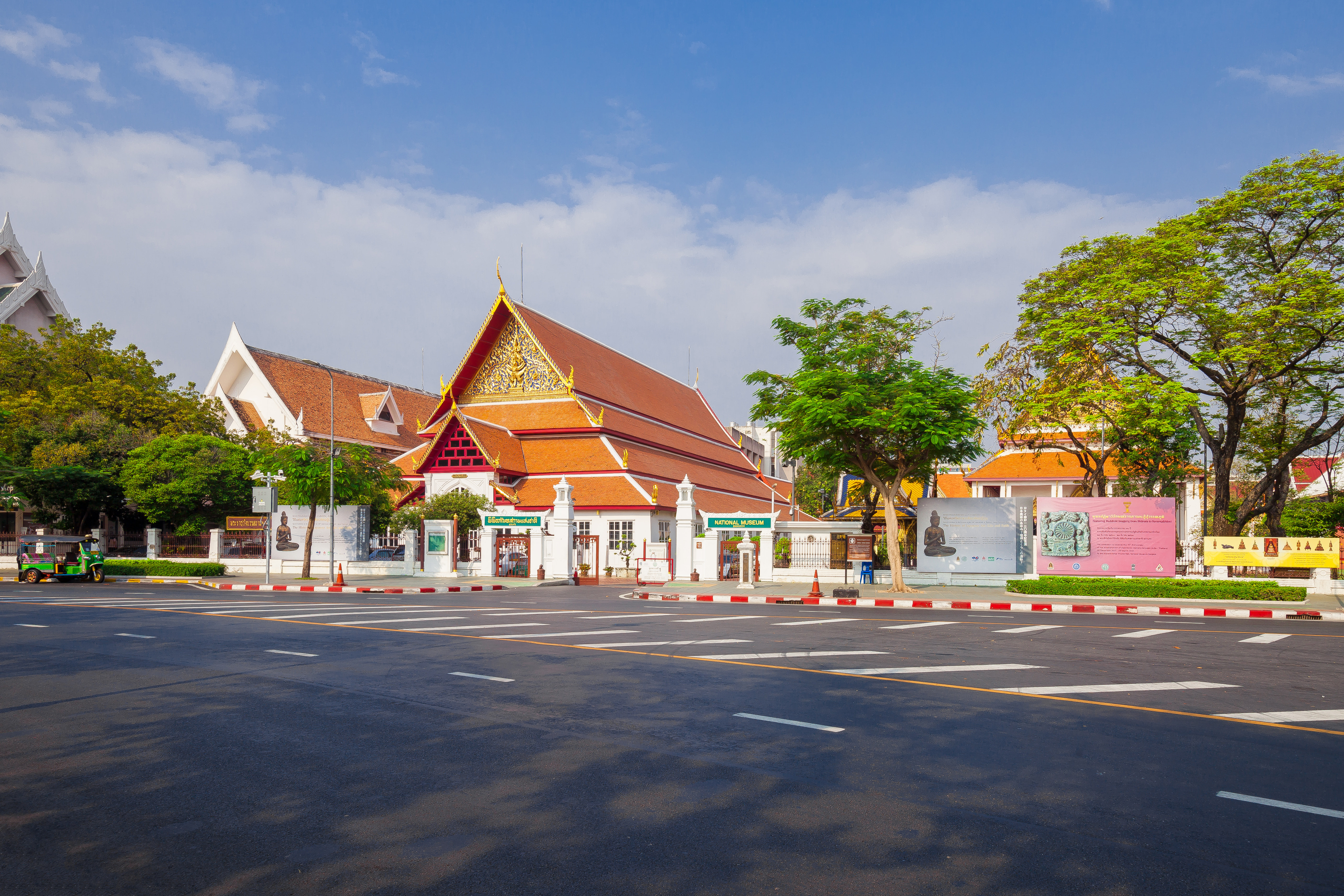|
Ancient Monument (Thailand)
The conservation and management of Thailand's cultural heritage falls largely under the purview of the Fine Arts Department, under the framework of the Act on Ancient Monuments, Antiques, Objects of Art and National Museums, B.E. 2504 (1961). Under the law, the department has authority to manage and protect architectural sites (referred to as "ancient monuments" (, )), antiques (, ''borannawatthu'') and ''objets d'art'' (, ''sinlapawatthu'') of significant artistic, historical, or archaeological value. It is also responsible for operating national museums for the safekeeping of such artefacts. , the Department lists 5,678 ancient monuments, 2,087 of which have officially been registered (including 10 historical parks). It operates 43 national museums throughout the country. Other institutions are also involved in the field, including universities, professional organizations, and public and private museums. Thailand signed the World Heritage Convention in 1987, and is home to three ... [...More Info...] [...Related Items...] OR: [Wikipedia] [Google] [Baidu] |
Thailand
Thailand, officially the Kingdom of Thailand and historically known as Siam (the official name until 1939), is a country in Southeast Asia on the Mainland Southeast Asia, Indochinese Peninsula. With a population of almost 66 million, it spans . Thailand Template:Borders of Thailand, is bordered to the northwest by Myanmar, to the northeast and east by Laos, to the southeast by Cambodia, to the south by the Gulf of Thailand and Malaysia, and to the southwest by the Andaman Sea; it also shares maritime borders with Vietnam to the southeast and Indonesia and India to the southwest. Bangkok is the state capital and List of municipalities in Thailand#Largest cities by urban population, largest city. Tai peoples, Thai peoples migrated from southwestern China to mainland Southeast Asia from the 6th to 11th centuries. Greater India, Indianised kingdoms such as the Mon kingdoms, Mon, Khmer Empire, and Monarchies of Malaysia, Malay states ruled the region, competing with Thai states s ... [...More Info...] [...Related Items...] OR: [Wikipedia] [Google] [Baidu] |
Cultural Heritage
Cultural heritage is the heritage of tangible and intangible heritage assets of a group or society that is inherited from past generations. Not all heritages of past generations are "heritage"; rather, heritage is a product of selection by society. Cultural heritage includes cultural property, tangible culture (such as buildings, monuments, landscapes, archive materials, books, works of art, and artifacts), intangible heritage, intangible culture (such as folklore, traditions, language, and knowledge), and natural heritage (including culturally significant landscapes, and biodiversity).Ann Marie Sullivan, Cultural Heritage & New Media: A Future for the Past, 15 J. MARSHALL REV. INTELL. PROP. L. 604 (2016) https://repository.jmls.edu/cgi/viewcontent.cgi?article=1392&context=ripl The term is often used in connection with issues relating to the protection of Indigenous intellectual property. The deliberate action of keeping cultural heritage from the present for the future is known ... [...More Info...] [...Related Items...] OR: [Wikipedia] [Google] [Baidu] |
Fine Arts Department
The Fine Arts Department (, ) is a government department of Thailand, under the Ministry of Culture. Its mission is managing the country's cultural heritage. History The department was originally established by King Vajiravudh in 1912, split off from the Palace's Religious Affairs Office, and was primarily concerned with protecting Buddhist monuments. In 1926, during the reign of King Prajadhipok, the department was merged into the Royal Society, along with the Museum Department and Archaeology Department, in effect consolidating several cultural heritage-related agencies. In 1933, following the abolition of absolute monarchy, the Royal Society's archaeological arm was split off and re-established as the Fine Arts Department under the Ministry of Education (then known as the Ministry of Public Instruction). It became part of the Ministry of Culture from 1952 until 1957 (when the ministry was dissolved), and again in 2002 when the ministry was re-established. Functions The Fi ... [...More Info...] [...Related Items...] OR: [Wikipedia] [Google] [Baidu] |
Objets D'art
In art history, the French term objet d'art (; ) describes an ornamental work of art, and the term objets d’art describes a range of works of art, usually small and three-dimensional, made of high-quality materials, and a finely-rendered finish that emphasises the aesthetics of the artefact. Artists create and produce ''objets d’art'' in the fields of the decorative arts and metalwork, porcelain and vitreous enamel; figurines, plaquettes, and engraved gems; ivory carvings and semi-precious hardstone carvings; tapestry, tapestries, antiques, and antiquities; and books with fine bookbinding. The National Maritime Museum, Greenwich, London, describes their accumulated artworks as a: "collection of ''objets d’art'' [which] comprises over 800 objects. These are mostly small, decorative art items that fall outside the scope of the Museum’s ceramic, plate, textiles and glass collections." The artwork collection also includes metal curtain ties, a lacquered ''papier-maché'' tray, ... [...More Info...] [...Related Items...] OR: [Wikipedia] [Google] [Baidu] |
National Museums Of Thailand
The national museums (, ) of Thailand are operated by the Fine Arts Department of the Ministry of Culture, and are responsible for the safeguarding of state-owned historical and cultural artefacts. In 1926 King Prajadhipok created the Royal Institute of Art, Literature and Archaeology, which then opened the museum in Bangkok at the Wang Na palace. Today () there are 43 national museum branches operated across the country. List of museums Central * Bangkok National Museum (Bangkok) * Kanchanaphisek National Museum (Pathum Thani) * National Museum of Royal Barges (Bangkok) * Royal Elephant National Museum (Bangkok) * Benchamabopit National Museum (Bangkok) * The National Gallery (Bangkok) * Silpa Bhirasri National Museum (Bangkok) * Chao Samphraya National Museum (Ayutthaya) * Chantharakasem National Museum (Ayutthaya) * Narai National Museum (Lopburi) * Inburi National Museum ( Singburi) * Chai Natmuni National Museum (Chai Nat) * Uthong National Museum (Suphan Buri ... [...More Info...] [...Related Items...] OR: [Wikipedia] [Google] [Baidu] |
Historical Parks Of Thailand
In Thailand, historical parks (, ) are protected areas managed by the Fine Arts Department for their historical value, usually covering an extensive group of archaeological sites in an area, which are themselves legally protected as ancient monument An ancient monument can refer to any early or historical manmade structure or architecture. Certain ancient monuments are of cultural importance for nations and become symbols of international recognition, including the Baalbek, ruins of Baalbek ...s. There are eleven historical parks, five of which constitute three of Thailand's World Heritage Sites: See also * List of protected areas of Thailand References * *{{cite journal, journal=Trips Magazine, volume=6, issue=67, date=May 2002, title=10 historical parks around Thailand, issn=0859-5291 External linksVirtual Historical Park websiteby the Fine Arts Department Parks in Thailand Fine Arts Department (Thailand) ... [...More Info...] [...Related Items...] OR: [Wikipedia] [Google] [Baidu] |
List Of World Heritage Sites In Thailand
The United Nations Educational, Scientific and Cultural Organization (UNESCO) designates World Heritage Sites of outstanding universal value to cultural or natural heritage which have been nominated by signatories to the 1972 UNESCO World Heritage Convention. Cultural heritage consists of monuments (such as architectural works, monumental sculptures, or inscriptions), groups of buildings, and sites (including archaeological sites). Natural features (consisting of physical and biological formations), geological and physiographical formations (including habitats of threatened species of animals and plants), and natural sites which are important from the point of view of science, conservation or natural beauty, are defined as natural heritage. Thailand ratified the convention on 17 September 1987. , Thailand has eight sites on the list. The first three sites were listed in 1991: Historic Town of Sukhothai and Associated Historic Towns, Historic City of Ayutthaya, and Thungyai– ... [...More Info...] [...Related Items...] OR: [Wikipedia] [Google] [Baidu] |
World Heritage Site
World Heritage Sites are landmarks and areas with legal protection under an treaty, international treaty administered by UNESCO for having cultural, historical, or scientific significance. The sites are judged to contain "cultural and natural heritage around the world considered to be of outstanding value to humanity". To be selected, a World Heritage Site is nominated by its host country and determined by the UNESCO's World Heritage Committee to be a unique landmark which is geographically and historically identifiable, having a special cultural or physical significance, and to be under a sufficient system of legal protection. World Heritage Sites might be ancient ruins or historical structures, buildings, cities, deserts, forests, islands, lakes, monuments, mountains or wilderness areas, and others. A World Heritage Site may signify a remarkable accomplishment of humankind and serve as evidence of humanity's intellectual history on the planet, or it might be a place of grea ... [...More Info...] [...Related Items...] OR: [Wikipedia] [Google] [Baidu] |
Ban Chiang Archaeological Site
Ban Chiang (, ; , ) is an archaeological site in Nong Han district, Udon Thani province, Thailand. It has been a UNESCO World Heritage Site since 1992. Discovered in 1966, the site first attracted interest due to its ancient red-painted pottery. More recently, it gained international attention in 2008 when the United States Department of Justice, following an undercover investigation begun in 2003, raided several museums for their role in trafficking in Ban Chiang antiquities. Discovery Villagers had uncovered some of the pottery in prior years without insight into their age or historical importance. In August 1966, Steve Young, a political science student at Harvard College, was living in the village conducting interviews for his senior honors thesis. Young, a speaker of Thai, was familiar with the work of Wilhelm Solheim and his theory of the possible ancient origins of civilization in Southeast Asia. One day while walking down a path in Ban Chiang with his assistant, an a ... [...More Info...] [...Related Items...] OR: [Wikipedia] [Google] [Baidu] |
Historic City Of Ayutthaya
Ayutthaya Historical Park (Pronunciation) covers the ruins of the old city of Ayutthaya, Phra Nakhon Si Ayutthaya Province, Thailand. The city of Ayutthaya was founded by King Ramathibodi I in 1351, though it is likely to be significantly older, based on evidence showing that the area was already populated during the Mon Dvaravati period. Sources further mention that around 850 AD, the Khmers occupied the area and established a stronghold there, naming it Ayodhya, after one of the holiest Hindu cities in India of the same name. The early history of Ayutthaya is connected to this Khmer settlement. Additionally, Prince Damrong has also attested to the existence of a city named Ayodhya, founded by the Khmers ruling from Lopburi at the point where the three rivers meet. An excavation map shows traces of an ancient baray (water reservoir) close to the southwestern tip of Wat Yai Chai Mongkhon, which could have been built on a former important Khmer temple complex. The city was capt ... [...More Info...] [...Related Items...] OR: [Wikipedia] [Google] [Baidu] |
Historic Town Of Sukhothai And Associated Historic Towns
The Historic Town of Sukhothai and Associated Historic Towns is a UNESCO World Heritage Site which consists of Sukhothai historical park, Kamphaeng Phet historical park and Si Satchanalai historical park. These historical parks preserve the remains of the three main cities of the Sukhothai Kingdom which flourished during the 13th and 14th century CE. The Sukhothai Kingdom is viewed as having been the first of the Thai kingdoms. Sukhothai Historical Park Sukhothai Historical Park (Thai: อุทยานประวัติศาสตร์สุโขทัย) covers the ruins of Sukhothai, which means 'Dawn of Happiness', capital of the Sukhothai Kingdom in the 13th and 14th centuries, in what is now the north of Thailand. It is near the Sukhothai Thani, modern city of Sukhothai, capital of a province of the same name. The city walls form a rectangle about 2 km east–west by 1.6 km north–south. There are 193 ruins on 70 square kilometers of land. There is a gate i ... [...More Info...] [...Related Items...] OR: [Wikipedia] [Google] [Baidu] |
Cultural Heritage Of Thailand
Culture ( ) is a concept that encompasses the social behavior, institutions, and norms found in human societies, as well as the knowledge, beliefs, arts, laws, customs, capabilities, attitudes, and habits of the individuals in these groups.Tylor, Edward. (1871). ''Primitive Culture''. Vol 1. New York: J. P. Putnam's Son Culture often originates from or is attributed to a specific region or location. Humans acquire culture through the learning processes of enculturation and socialization, which is shown by the diversity of cultures across societies. A cultural norm codifies acceptable conduct in society; it serves as a guideline for behavior, dress, language, and demeanor in a situation, which serves as a template for expectations in a social group. Accepting only a monoculture in a social group can bear risks, just as a single species can wither in the face of environmental change, for lack of functional responses to the change. Thus in military culture, valor is counted a ... [...More Info...] [...Related Items...] OR: [Wikipedia] [Google] [Baidu] |






